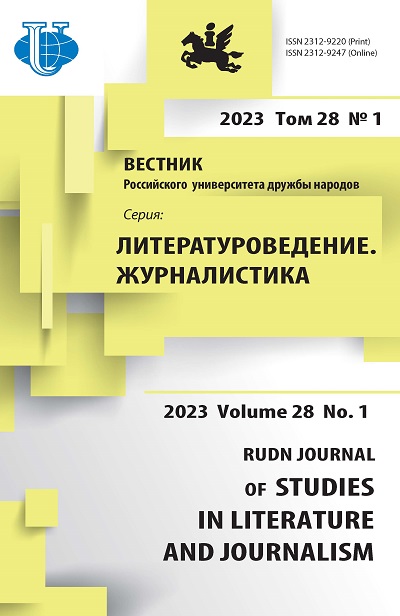Abstract
The authors examine the trends of Iraqi television after 2011, when the national broadcasting reached a new level. During this period, cultural programs with the aim of stabilizing the public mood and moral recovery began to be developed and popularized. The purpose of the study is to identify the features of the cultural programs of the Iraqi satellite channel, taking into account the socio-historical background. A general analysis of modern Iraqi television, which was formed after the end of the protracted military conflict with the United States, is given. The general thesis is put forward that the tense military and political situation in Iraq was naturally reflected in the airwaves of TV channels in the country, where the volume of the cultural component is extremely small. As the country goes through the post-war years, stabilizing the public mood is very important, and cultural programs can play an important role in this aspect. Modern Iraqi satellite television is in its formative and developmental stage due to external social and political factors. The research contributes to the development of scientific methodological and theoretical basis for the further study of Iraqi media.

















